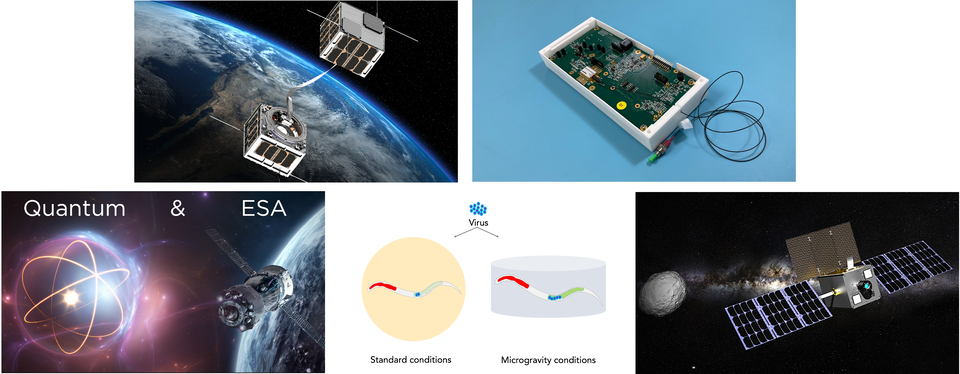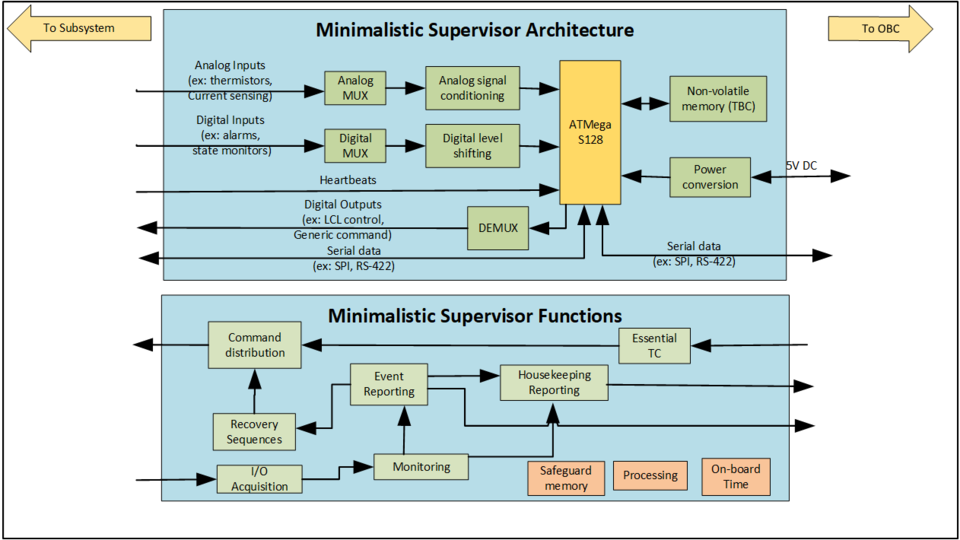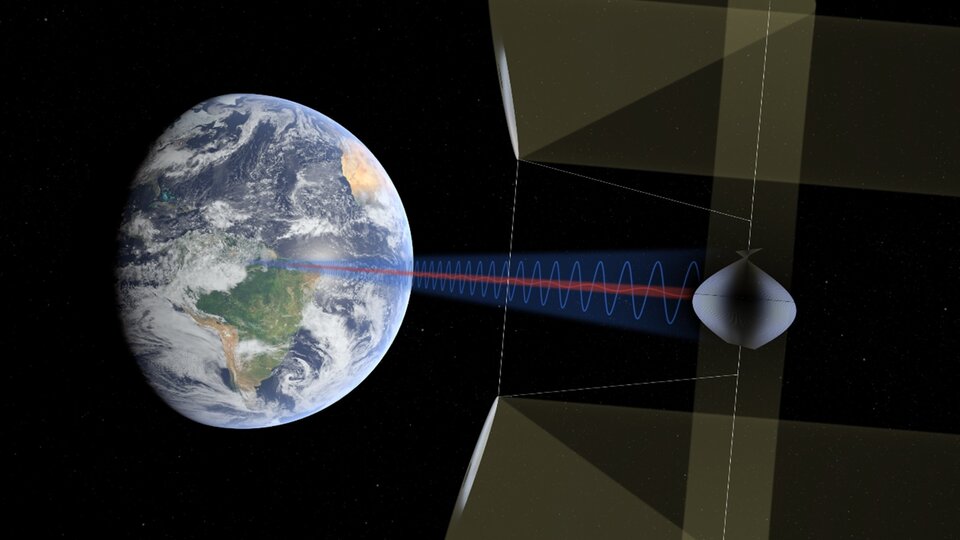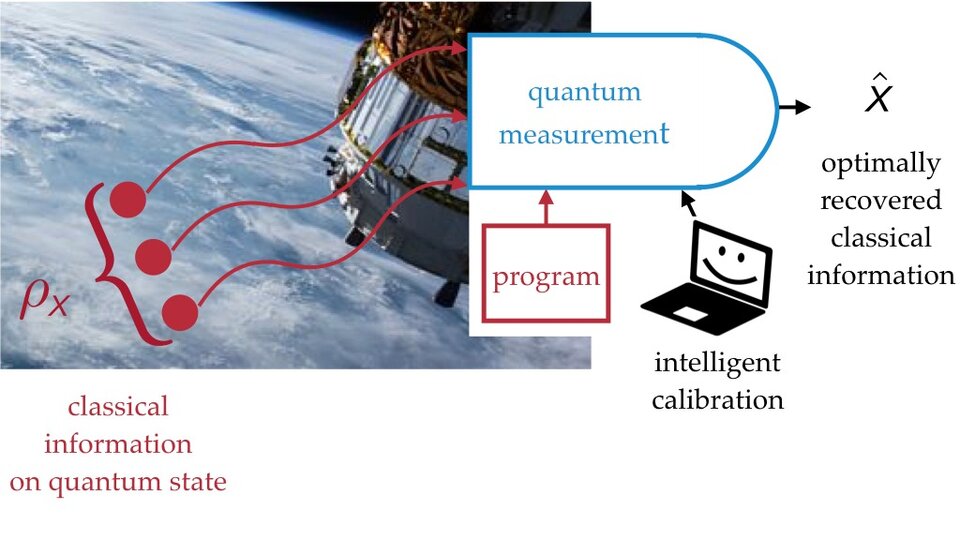Implemented OSIP ideas — September 2021
ESA's Open Space Innovation Platform (OSIP) seeks novel ideas for new space research activities. Campaigns and Channels invite solutions to specific problems or ideas on more general topics, with those run by Discovery & Preparation, including the Open Discovery Ideas Channel, specifically looking for ideas that could be implemented as system studies, early technology developments, or PhD or postdoc research co-funded by ESA and a university.
Open Discovery Ideas Channel

In September 2021, the following ideas were implemented through the Open Discovery Ideas Channel.
--------------------------------------------------
Integrated photonics for quantum space applications
MicroR Systems
Quantum technologies have a huge range of applications in space missions, including secure messaging, fast computation and super-resolution sensing. But many space-applicable quantum technologies depend on bulky and complex electro-optical systems. This study will provide the bridge between bulky lab-based quantum optical systems and the compact integrated units required for space, by leveraging new silicon nitride and crystalline integrated photonics.
--------------------------------------------------
A consumable-less propulsion system based on a bare-photovoltaic tether
Universidad Carlos III de Madrid
How to propel a spacecraft without propellant? Use electrodynamic tethers. These are long, strong conductors connecting two spacecraft, and they have the potential to make space exploration significantly cheaper. When direct current is applied to the tether, the tether exerts a force on the spacecraft, causing it to either accelerate or brake. The aim of this early technology development project is to analyse the feasibility of the bare-photovoltaic tether concept and increase its technology readiness level.
--------------------------------------------------
Dynamics of viral infection in simulated microgravity conditions
Consejo Superior de Investigaciones Científicas (Spanish National Research Council)
The space environment impacts humans but also the microbes that accompany them. This impact must be considered as microbes can have a huge negative impact on an organism’s health. This co-funded research project will explore how microgravity affects the interaction between viruses and their hosts, including characterising the harmfulness of the virus and the response of the host.
--------------------------------------------------
Software defined lasers: using SDR techniques in atomic clocks, quantum technologies and coherent laser links
University of Surrey
Precise, accurate and frequency-agile lasers are in high demand for applications such as atomic clocks, quantum gravimeters and laser ranging. These lasers are complex and expensive to make, but a solution could be found by looking to software-defined radios (SDR). SDR is a radio communication system where components that have been traditionally implemented in hardware are instead implemented by means of software. This co-funded research project will investigate how to use the latest developments in software-defined radios to implement a frequency-agile software-defined laser for quantum and atomic applications in space.
--------------------------------------------------
Autonomous guidance for deep-space CubeSats
Politecnico di Milano
The space sector is embracing a new paradigm for space science and exploration, carried out by interplanetary CubeSats. Whilst these tiny satellites are relatively cheap to build, they still require expensive flight dynamics operations performed from the ground. The solution is self-driving spacecraft: futuristic probes that can infer their position from their surrounding environment and compute their guidance trajectory on board. This co-funded research project will explore how we can shift guidance operations from the ground to a spacecraft. The technology may then be tested in-flight on the planned M-ARGO CubeSat mission to rendezvous with a near-Earth asteroid.
--------------------------------------------------
Commercial off-the-shelf (COTS) components

The following idea was implemented through the Campaign for new ideas for the use of Commercial Off The Shelf (COTS) components.
--------------------------------------------------
SCORPYOS (Supervisor COncept foR sPace sYstemS) – minimalistic Supervisor based on ATMegaS128
EVOLEO Technologies
The widespread use of COTS faces an obstacle: their susceptibility to faults and the difficulty in implementing custom fault detection and recovery actions (FDIR). Faults may pass undetected until they propagate outside the COTS system and impact the spacecraft. This early technology development project proposes to produce a supervising breadboard to monitor for faults and carry out recovery and reconfiguration actions. The project will develop the necessary hardware and software, up to the point where it is ready for in-orbit demonstration.
--------------------------------------------------
Solar power from space

The following idea was implemented through the Campaign for new ideas for solar power from space.
--------------------------------------------------
An end of life strategy for solar power satellites
Frazer-Nash Consultancy
Solar power satellites (SPS) will be the largest human-made structures ever put into orbit, so it is important to consider how they should be disposed of. The scale of the satellites means that they will be assembled in orbit, most likely using robots. It is therefore likely that the reverse process could be used to reduce the satellites to their constituent modules. There may be the potential for these modules to be repurposed or their constituent materials reused for new applications. This study will investigate the degradation mechanisms that will lead to an SPS reaching the end of its useful life and determine the likely state of the constituent modules. Using this information, the researchers will consider how the modules or materials could be recycled.
--------------------------------------------------
Quantum information processing

The following idea was implemented through the OSIP quantum information processing Campaign.
--------------------------------------------------
Extracting information from quantum signals with near-term programmable and self-calibrating quantum devices
Universitat Autònoma de Barcelona
Read about this public idea in OSIP
--------------------------------------------------
Model-Based System Engineering
The following idea was implemented through the OSIP Model-Based System Engineering Campaign.
--------------------------------------------------
Enabling model-based testing and automated test case generation for ground segment data systems
etamax space
Read about this public idea in OSIP
--------------------------------------------------

